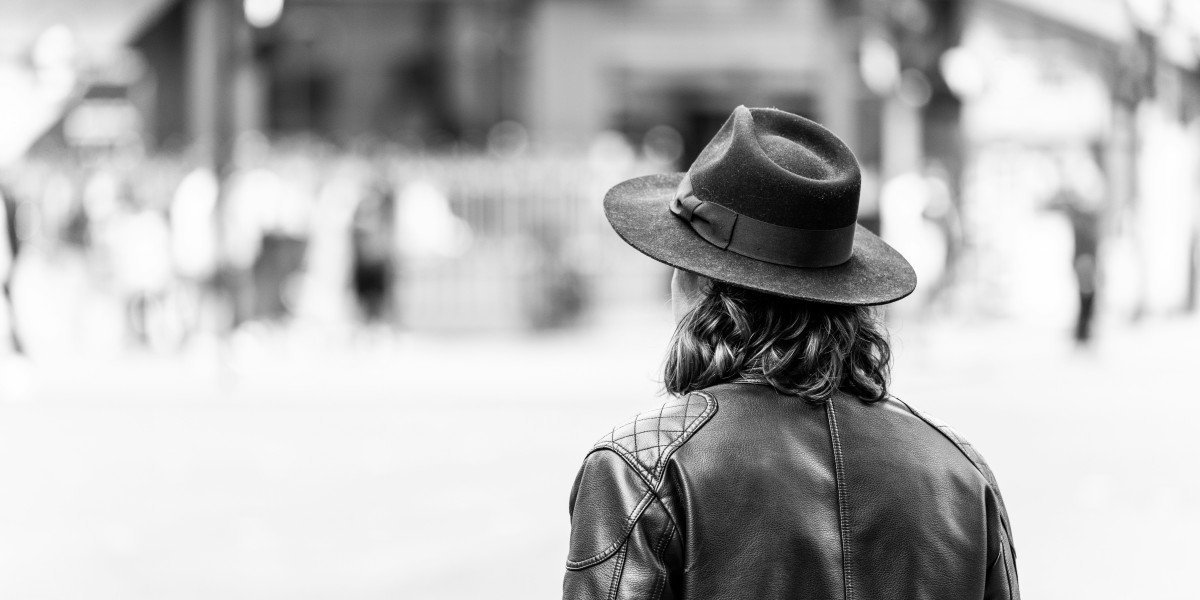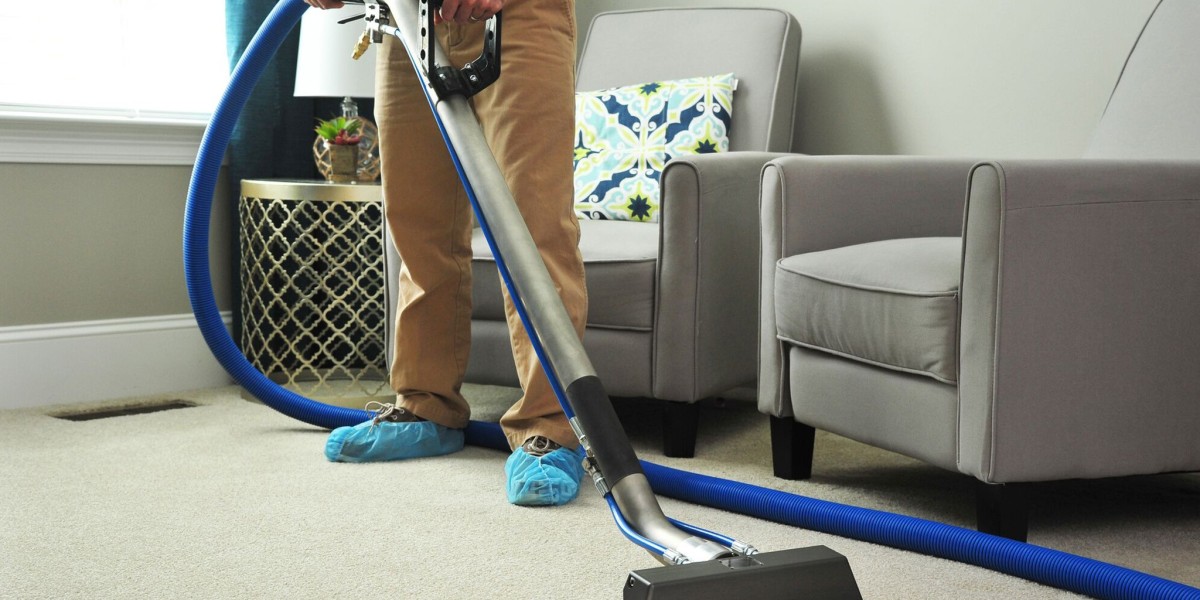Other than helmets and race suits, motorcycle jackets are probably the toughest pieces of gear to size and buy. They’re also pretty important to your safety while you’re on the bike, offering a reliable layer of defense. Motorcycle jackets protect against abrasion, impacts, and the elements, so you can ride more confidently and comfortably.
You’re probably reading this at the beginning of your journey to a new motorcycle jacket, so let’s start by breaking down the types available. Moto jackets are split into two major categories: textile and leather. Textile options often provide excellent ventilation and weather resistance, while leather delivers unmatched durability and style. From there, it’s not hard to find the ideal jacket category for your riding style.
Follow these steps to choose a jacket:
- Choose a jacket style that suits your riding style and protection needs.
- Choose a fit: American, European, or Race.
- Find your jacket size, preferably with a friend’s help.
- Order your jacket and check for proper fit.
Feels like a good fit? You’ve found your new jacket! Really, that’s all there is to it. Time to find your next motorcycle jacket and hit the road with both safety and style.
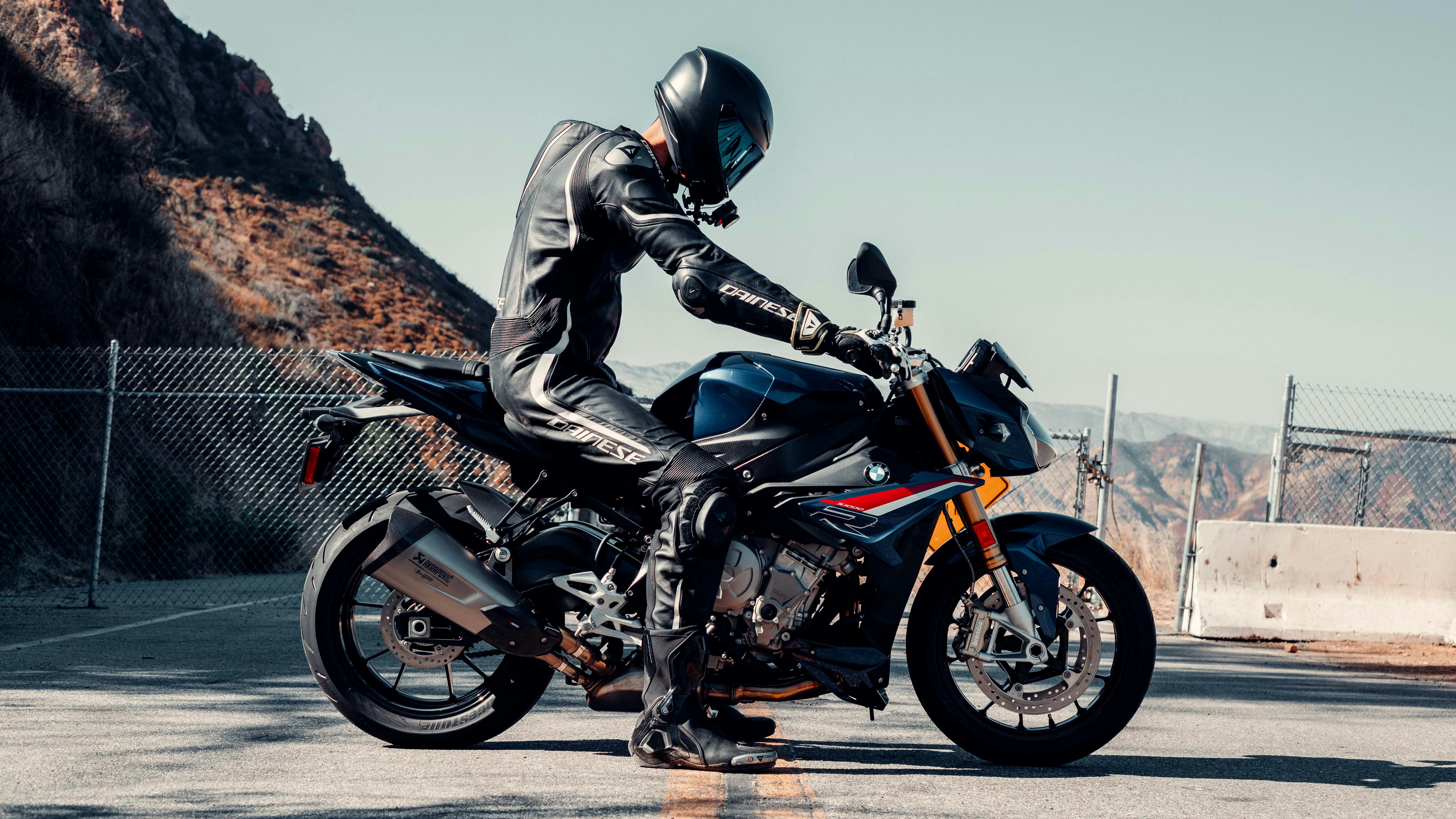
1. Choosing the Right Motorcycle Jacket Style for Your Riding and Safety Needs
Let’s start with textile, since it offers riders a range of choices from a humble waxed-canvas jacket to a highly technical touring piece. With all the textiles available today, manufacturers can build a jacket for just about any purpose, ensuring comfort and protection for different riding styles. One thing you won’t see, however, is a fully textile sport jacket for the race track; while some track day organizations may allow textiles in the beginner group, it’s leather only on the grid in competition. That’s not to say textile jackets are second-rate — in fact, they’re a fantastic choice for most riders, and with options breaking down into three main varieties, there’s likely one that fits your needs perfectly.
The motorcycle riding shirt is exactly what it sounds like — a shirt on steroids, where manufacturers take casual styling and hide moto features and protection inside. A riding shirt might look like a flannel, a work shirt, a hoodie, or a denim jacket on the outside, while inside they could conceal armor, aramid fibers, or helpful liners. For riders who are frequently on and off the bike, these pieces are ideal for around-town riding, fitting right in with street clothes so you can just leave it on once you arrive at your destination. In exchange for their stealthy good looks, riding shirts are typically less capable of protecting a rider at high speeds, sometimes lacking more technical features like waterproofing or liners, and often missing armor, though they might have pockets to carry it if the rider decides to upgrade.
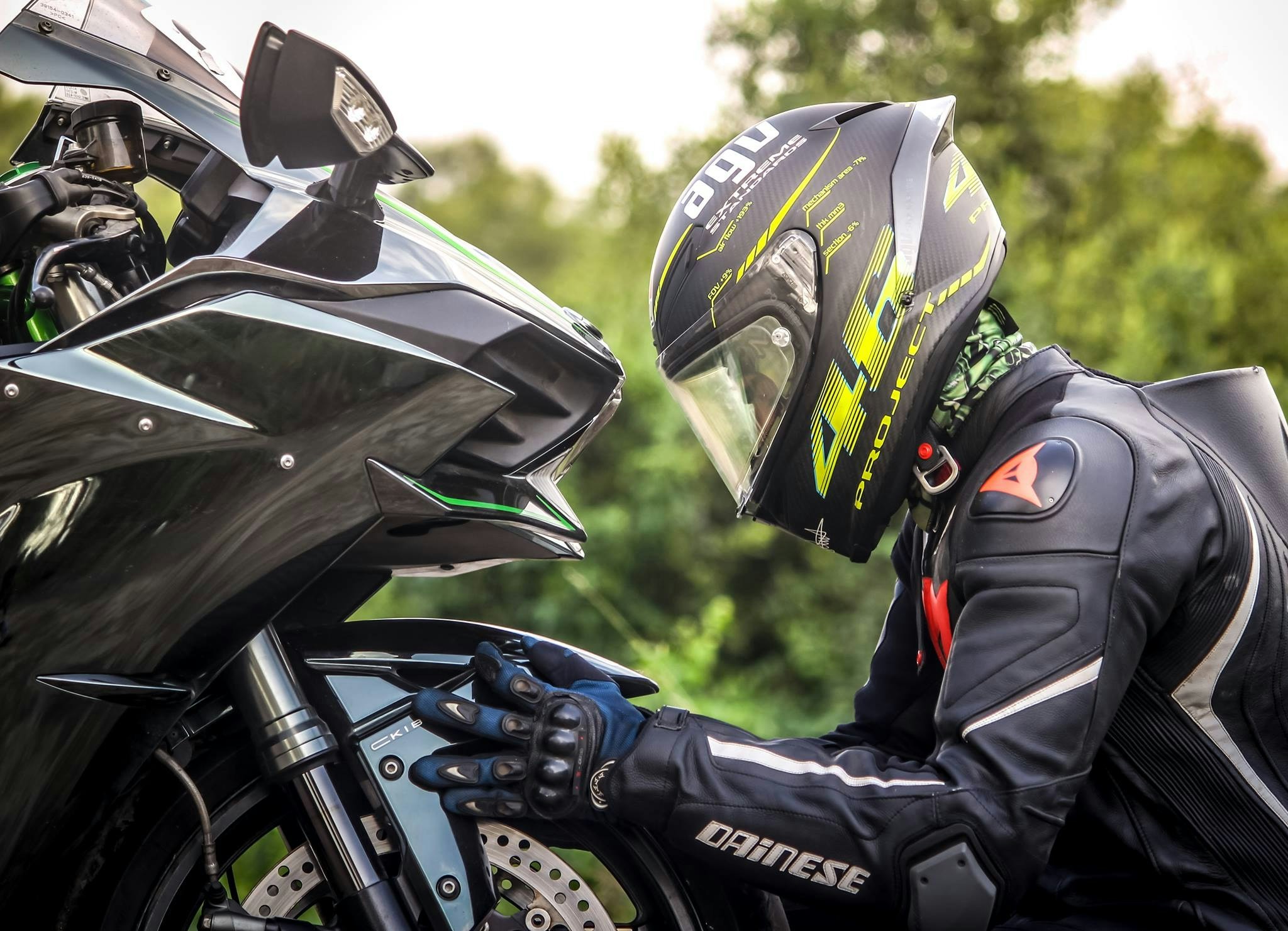
Stepping up in protection, the mesh jacket brings greater slide and abrasion resistance than the riding shirt, offering a more riding-focused experience with less casual styling. Mesh jackets really shine in hot summer months, when their huge panels can flow plenty of air to sweltering riders. Armor is commonly included in the shoulders and elbows, with at least a pocket for a back protector, while liners to protect against wind and rain might also be included. These features mean the mesh jacket will protect once the pace picks up, unlike the riding shirt, and if staying cool is your goal, it will be very hard to beat.
Riders often face a variety of challenges when selecting the best jacket for different conditions. Full textile jackets offer a versatile solution, providing great protection against abrasion, impacts, and unpredictable weather. Designed with waterproofing, windproofing, and thermal liners, these jackets are ideal for both cold rides and warm days. In addition, they are typically equipped with vents that can be opened in hot weather, allowing riders to stay comfortable. While leather jackets have been a popular choice for many, full textile options are gaining respect for their durability and reliability, especially in harsh conditions. Whether riding in the heat or cold, these jackets are a favorite among adventurers and commuters alike, offering a balanced blend of style and performance.
However, leather jackets still hold a timeless appeal due to their ability to withstand crashes and slides. Unlike textile, leather can often survive intense conditions without the need for replacement, earning it a reputation for resilience. While leather jackets provide great slide resistance and a classic style, they do have limitations. They often require an additional waterproof outer layer for heavy rain and can become extremely hot in summer sun. Despite these weaknesses, leather jackets continue to command respect, especially in sport and casual varieties. For riders who seek a perfect balance of protection and style, both textile and leather jackets offer valuable options depending on their specific needs and preferences.
Casual leather jackets, like the iconic biker jacket, fit the style of almost any motorcycle. These jackets look good both on and off the bike, offering far more protection than other options. They might feature perforation for added comfort in warmer weather, but they aren't the best choice for extreme heat or cold. You’ll also want to avoid any rain beyond a light spritz, as leather jackets are not designed to handle heavy downpours. While these jackets provide style and protection, they strike a balance between comfort and functionality, making them an ideal choice for many riders looking for versatility without sacrificing safety.
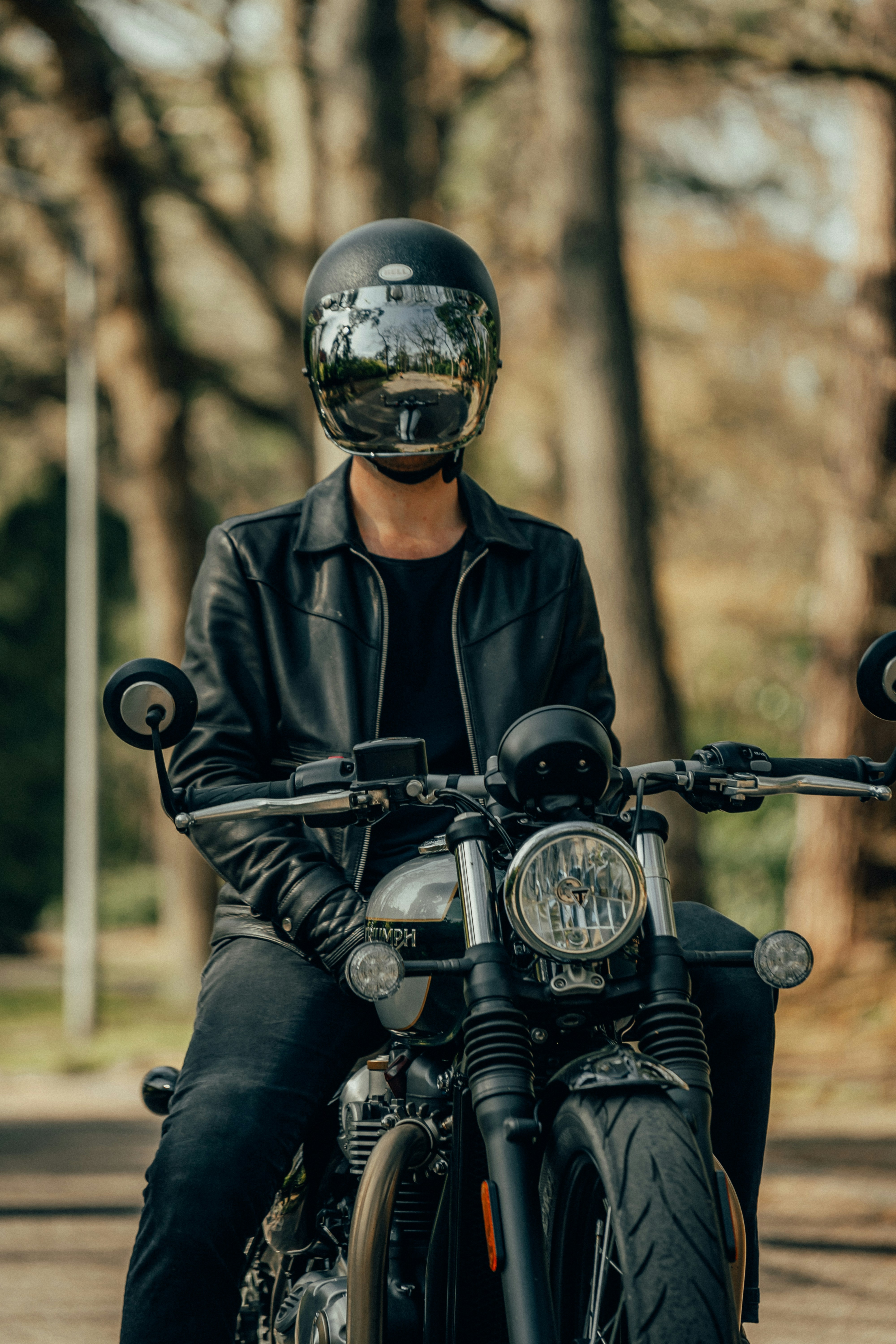
Sport leather jackets are specifically designed for high-speed riding, offering impressive protection for riders. They might not be comfortable on motorcycles with a laid-back riding position, as the pre-curved sleeves are optimized for aggressive positions typical of sport motorcycles. These jackets feature elements such as metal shoulder plates or speed humps at the back, providing enhanced safety. While sport leather jackets might also feature perforation to keep riders cooler during spirited summer rides, they are best suited for mild weather conditions. You’ll want to avoid deep cold, high heat, or rain, as these conditions could compromise the jacket’s effectiveness. For a day on the race track, sport leather is the only choice for ultimate protection and performance.
2. Choosing the Right Jacket Fit: American, European, or Race
When you’re looking through your jacket options, you’ll see three main types of fitment. The first is the American cut, which typically offers a more generous fit, giving you extra room at the waist, shoulders, and arms. This fit is also known as "regular" or "touring" fit. The European cut offers a closer, more tapered profile, often called "slim" or "sport cut," and is ideal for riders who don’t need much extra space. For the all-out sport rider, the race fit is the best choice. These jackets provide a snug fit with pre-curved arms for comfort and flexibility in a full-tuck riding position. By now, you’ve probably identified which fit best suits your riding style and comfort needs.
3. How to Accurately Measure for Your Motorcycle Jacket Size with Help
Grab that soft tape measure and ask a friend to give you a hand for the best results. With just three numbers, you should be able to find a jacket that fits correctly. First, have your friend wrap the tape measure around your chest and back. Don’t take any deep breaths to upset the measurement—just breathe casually. Also, don’t add any extra to the measurement to compensate for a back protector. They almost never affect the fit so much that you need to size up.
Next, take a quick look at the product page for the jacket you’d like to order. You should be referencing the size chart throughout this process, but you’ll want to pay close attention to the arm measurements. If they’re listed in the 20-inch range, that measurement is from the shoulder, past the elbow, and ending at the wrist. Those numbers could also be in the 30-inch range, in which case your friend should start measuring from your spine at the base of your neck instead. The tape should run out over your shoulder, then to end at the wrist via the elbow, as before. These are simply two ways of measuring arm lengths, and they won’t trip you up now that you know the difference. Keep in mind that some race jackets are intended to be worn with long gauntlet gloves, so they may have shorter sleeves than a standard street jacket.
For the last measurement, take your waist measurement by running the tape around your torso, about an inch above your belly button. This measurement is not the same as your pants size, which can be confusing to some. Waist measurements are the least important of the three here, as they can really vary. Many jackets feature some adjustability at the waist, allowing you to get the fit where you want it. Keep in mind that jackets can use either alpha sizing (SM, MD, etc.) or numeric sizing (48, 50, etc.), so it’s crucial to use the size chart for the specific jacket you’re considering.

Additionally, pay attention to any fitment notes on the jacket’s product page. If the jacket has a funky fit, it will be notated, so you can easily order the correct size. While waist measurements might seem secondary, getting the right jacket size ensures both comfort and functionality. Remember that some jackets are intended to be worn with long gauntlet gloves, so they may have shorter sleeves compared to standard street jackets. With the right measurements and sizing details, you can confidently choose a jacket that fits you perfectly.
4. Place Your Order and Test the Fit Before Hitting the Road
Armed with your jacket style, fitment preference, and measurements, you have everything you need to choose your jacket. When your jacket arrives, try it on around the house. Don’t fire up the bike just yet! We can’t accept returns on anything that’s been out for a ride. Try sitting on your motorcycle in your usual position, and move around a bit to make sure the jacket is moving with you. It shouldn’t impede your ability to turn, lean, or reach the hand grips. The jacket should be snug, but not too tight. If it’s too loose, the jacket’s protective features may not stay in place, especially if you take a tumble.
Make sure that the armor sits properly over your elbows and shoulders. If not, see if it can be adjusted to fit better. A motorcycle jacket can only do its job if it can stay in place to protect you. Remember, the fit of your jacket is just as important as its features. By testing it out in your usual riding position, you can ensure it provides both comfort and safety. Keep in mind that a well-fitted jacket can make a big difference in how well you’re protected on the road.
5. Enjoy the Perfect Fit and Ride with Confidence!
When you’re 100 percent sure you’ve found a good fit, celebrate with a ride. Your motorcycle jacket is a valuable piece of safety gear that should serve you for many miles. Might as well get one that fits! Over time, you might upgrade the armor, add a back protector, or get some base layers, but none of that will be a problem if your jacket fits correctly. Enjoy your new gear, and be sure to thank your friend for helping you out with those measurements. After all, it’s hard to put a price on the perfect fit.




